
Back to Blogs
Discover
6 Things You May Not Know About The Athenaeum
1. It was known as the White House

An illustration of Angel Hill by J Kendall dated 1774, before The Angel Hotel was built and when the Athenaeum was a storey higher
Archive records show that in the 17th century a large private house stood on the Athenaeum site – it must have been quite grand as it was taxed for 17 hearths in 1674.
Those who lived at the address prior to 1800 included Thomas Fletcher, a sergeant-at-law, Sir Adam Felton, the 3rd baronet of Playford, a Lady Monson and Sir Roger Martin of Long Melford.
It was probably Sir Roger who rebuilt the house as seen in various 18th century historic prints, at which point it had three storeys and was known as the ‘White House’.
In 1713 Sir Roger Martin sold the property to John Eastland, a dancing master, who held public assemblies there around 1723. The White House was then rebuilt with two storeys in 1789, by George Anderson who had purchased it in 1777 and went on to become landlord of The Angel at the time.
By this point, the building was known as the ‘New Assembly Rooms’. Unfortunately for him, by 1801, Anderson was bankrupt and a prominent local banker by the name of James Oakes acquired the building for a consortium of 12 men.
2. Architect Francis Sandys was responsible for The Athenaeum we see today
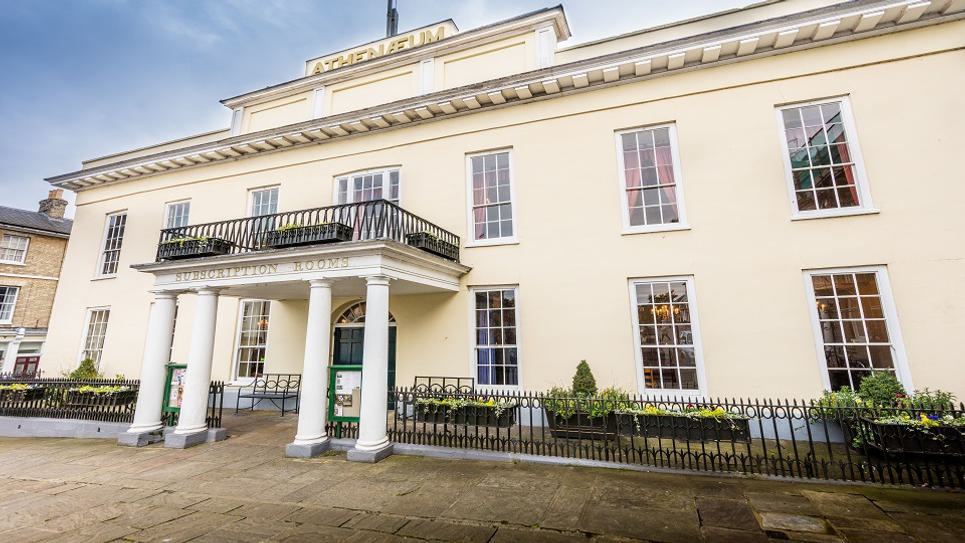
Extensive improvements were undertaken in 1804 and a formal assembly room, coffee room and billiard room were incorporated. The front of the building will by then have looked very similar to how it does today, except for the portico, which was at that time rounded.
The work was completed by Francis Sandys, who lived on Angel Hill, the same architect who had built the Earl-Bishop’s Palace at Ickworth in 1796.
Historic reports describe the building as having a very elegant, decorative scheme, carried out by the best London craftsmen.
The Assembly Rooms in the heart of fashionable eighteenth century Bury St Edmunds were where members of polite society relaxed, played cards, danced and took tea.
3. It was a centre for scientific debate

The Athenaeum foyer
In 1854, seventeen years into the reign of Queen Victoria and three years after the Great Exhibition of 1851, the building became The Athenaeum and quickly became the centre of Bury St Edmund's society and the place to be seen and entertained.
The word Athenæum means ‘an institution for literary or scientific study’. During the mid to late 1850s the Bury Athenæum became a centre for local Victorian amateur scientists and many major talks by leading figures were held at the Subscription Rooms. Learned men from near and far met to discuss items of a scientific nature under the guise of ‘The Bury Athenæum and Suffolk Institute of Archeology and Natural History.’ The President of this society and of the Athenæum itself was a local man of high regard, Lord Arthur Charles Hervey.
4. It Has Hosted Some Very Famous People
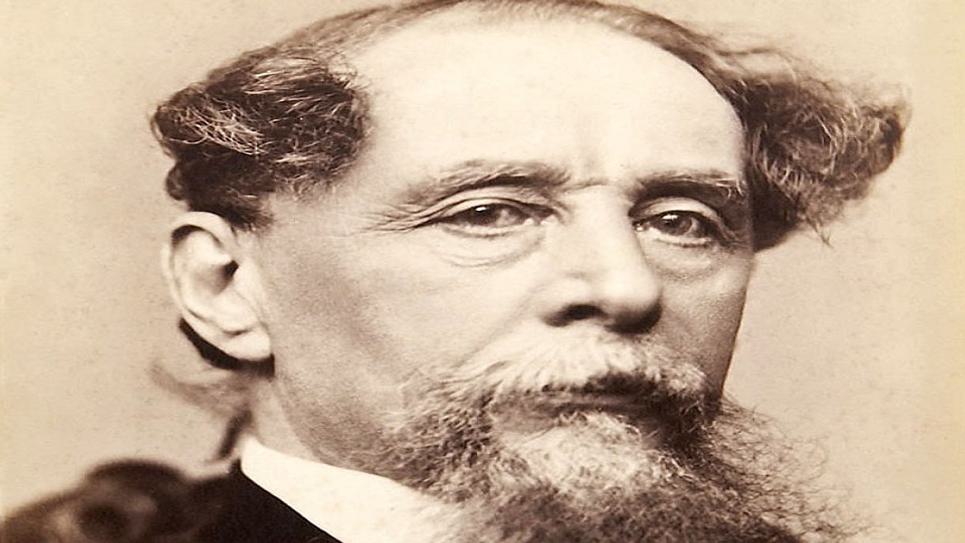
In its heyday The Athenaeum played host to society balls, readings of famous literary works and lectures by some of the nation’s leading writers, playwrights and social critics.
These included Charles Dickens, Oscar Wilde, Charles Kingsley and William Thackeray.
Charles Dickens gave readings from The Pickwick Papers in 1859 and A Personal History of David Copperfield in 1861, residing next door at The Angel Hotel. Dickens, wrote a lovely letter thanking his friend Mr Thompson, who was at the time the proprietor and who had arranged for him to read from David Copperfield.
5. It has its own Observatory

On 1858 June 2 the Italian comet hunter Giovanni Battista Donati swept up ‘a very faint small nebulosity of uniform brightness’7 (probably of about eighth magnitude) which would turn out to be his most spectacular comet find and one of the most beautiful comets ever seen.
Sir James Airy, 7th Astronomer Royal in October 1858, gave a lecture on Astronomy at The Athenaeum at which time, by happy coincidence, the impressive Donati’s comet happened to be looming large in the night sky.
These two events combined, so inspired members of the Institute that they felt moved to build an observatory! Sir Airy advised on the design of the dome and choice of telescope to furnish it, which was to be enjoyed by the thriving Astronomical Society that arose to utilise it.
The telescope installed in The Athenæum dome is a four inch (10cm) OG refractor by Troughton & Simms, London. This choice of manufacturer should not have been surprising where Airy was involved, as he installed Troughton & Simms equipment at Greenwich and at Cambridge. The Athenæum dome is 11 feet (3.35 metres) in diameter and 8 feet four inches (2.5 metres) high internally.
The observatory today cannot be visited by the public but very little has changed since it was installed in the 1860s and it is now a 'Victorian astronomy time capsule'.
6. The Athenaeum has had numerous television appearances

During the 1990s the Athenæum dome was briefly viewed by millions of television viewers when, in an episode about the lovable antiques rogue Lovejoy, the actor Ian McShane was seen scrambling over the west side of the Athenæum roof and holding onto the green observatory dome.
Star Wars legend Warwick Davis was filmed at The Athenaeum for an episode of the TV show ‘Who Do You Think You Are?’His family tree search revolves around his great-great-grandfather Dennis Manning, who was a violinist playing with Pell’s American Opera Troupe in the 1850s.
The Athenaeum doubled as a theatre in the 2019 film The Personal History of David Copperfield. Filming took place in Bury St Edmunds in July 2018.
Latest news

News
Festive Markets in Bury St Edmunds
Festive markets are set to bring seasonal cheer to Bury St Edmunds this November and December, offering the perfect chance to pick up all of your Christmas essentials!
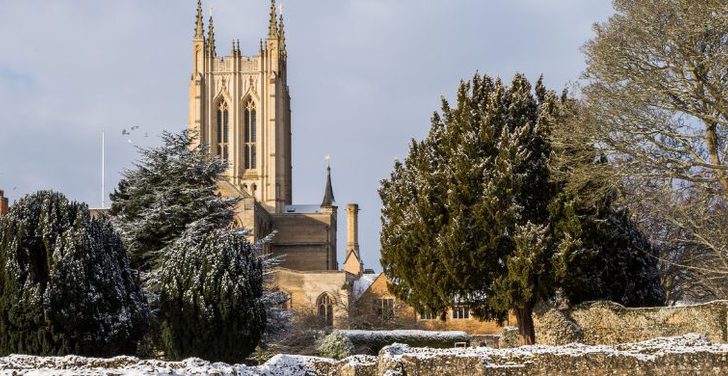
News
Savour The Winter Season in Bury St Edmunds
Ways to mark the winter season in Bury St Edmunds

News
Where to see fireworks in and around Bury St Edmunds
If you're visiting Bury St Edmunds around bonfire night here’s our roundup of some of the best celebrations in Bury St Edmunds and the surrounding towns and villages.

News
Town’s Museum Forms New Partnership with US Museum
Moyse’s Hall Museum will be forging links with a museum in Salem Massachusetts as part of a project to explore the shared history of the infamous witch trials.

News
Bury St Edmunds Comedy Festival 2026 Line-Up
The 2026 line-up includes Jason Manford, Luke Wright, Pauline Eyre and Daliso Chaponda!

News
Enjoy two months of rib-tickling fun at Comedy Festival
Bury St Edmunds third Comedy Festival will bring two months of rib-tickling, laugh out loud fun to Suffolk during funny February and March 2026.
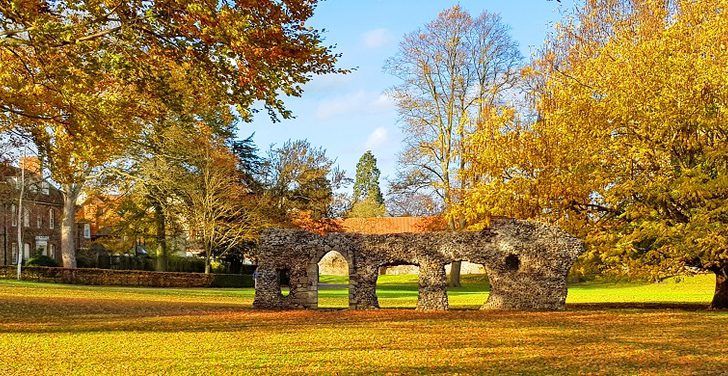
News
Autumn in Bury St Edmunds
From pumpkins to falling leaves and from ghost stories to trails, this is the only guide you'll need this autumn in Bury St Edmunds!

News
Tea with a View
Whether it's the hustle bustle of people watching, a breath-taking vista or the wonder of a historic setting, there are plenty of captivating places for tea with a view in Bury St Edmunds and beyond.
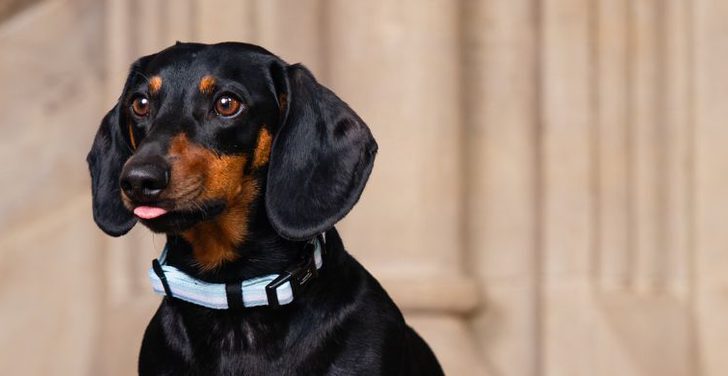
News
St Edmundsbury Cathedral Launches 2026 Dogs in the Cathedral Calendar
St Edmundsbury Cathedral in Bury St Edmunds is celebrating being a dog-friendly Cathedral once again with the launch of the 2026 Dogs in the Cathedral Calendar.
